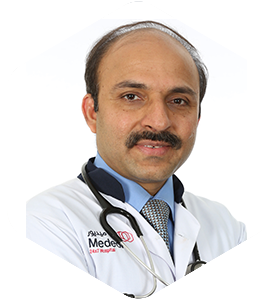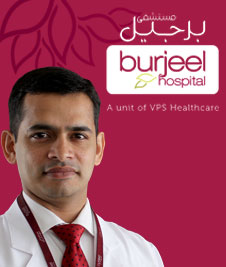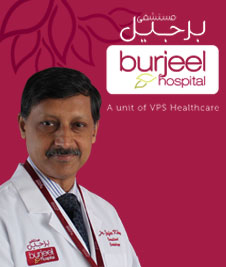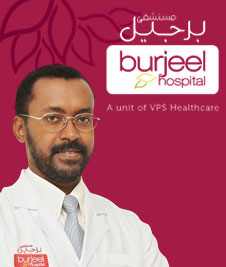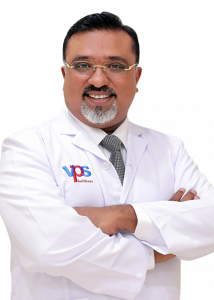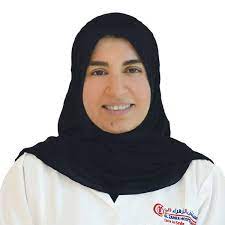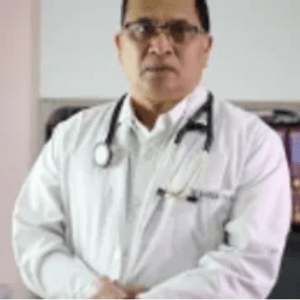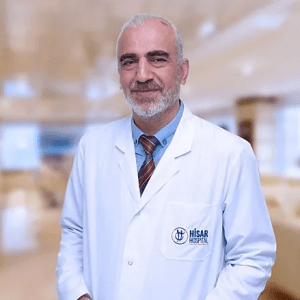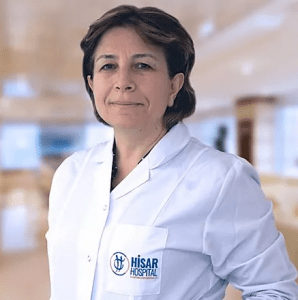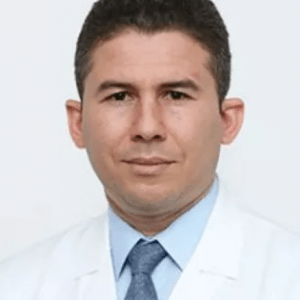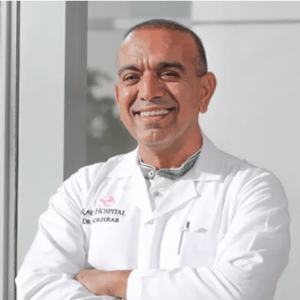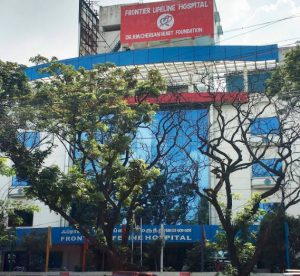Double Outlet Right Ventricle
In double-outlet right ventricle (DORV) a heart condition present at birth (congenital) the main artery that carries blood from the heart to the body (aorta) and the artery that directs blood from the heart … Read More
Top Doctors For Double Outlet Right Ventricle Treatments
Top Hospitals For Double Outlet Right Ventricle Treatments
Double Outlet Right Ventricle
In people with double-outlet right ventricle, there is also a hole between the lower heart chambers (ventricles), called a ventricular septal defect (VSD), which can be located in several places in the wall between the ventricles. This causes oxygen-rich blood to flow from the left ventricle to the right ventricle and mix with oxygen-poor blood. Due to this mixing, children born with double-outlet right ventricle can have oxygen saturations that are lower than normal.
Too much blood flow may then be delivered through the pulmonary artery to the lungs, causing heart failure and poor growth over time. In other cases, blood flow through the pulmonary artery may be reduced, which can cause your child’s skin to turn a bluish color (cyanosis).
Your child will need surgery to correct this defect and any associated defects. Some children will require surgery in the first few days after birth, and others may have surgery at a few months of age.
Some people may have other associated congenital heart defects, including other holes in the heart (such as an atrial septal defect), heart valve problems or blood vessel problems. The presence of other heart defects may change the medications used and type of surgery performed.
Symptoms
Serious congenital heart defects usually become evident soon after birth or during the first few months of life. Signs and symptoms could include:
• Pale gray or blue skin color (cyanosis)
• Rapid breathing
• Swelling in the legs, abdomen or areas around the eyes
• Shortness of breath during feedings, leading to poor weight gain
Less serious congenital heart defects may not be diagnosed until later in childhood, because your child may not have any noticeable signs of a problem. If signs and symptoms are evident in older children, they may include:
• Easily becoming short of breath during exercise or activity
• Easily tiring during exercise or activity
• Fainting during exercise or activity
• Swelling in the hands, ankles or feet
Causes
During the first six weeks of pregnancy, the heart begins taking shape and starts beating. The major blood vessels that run to and from the heart also begin to form during this critical time during gestation.
It's at this point in your baby's development that heart defects may begin to develop. Researchers aren't sure exactly what causes most of these defects, but they think genetics, certain medical conditions, some medications and environmental factors, such as smoking, may play a role.
FAQ
not available currently


